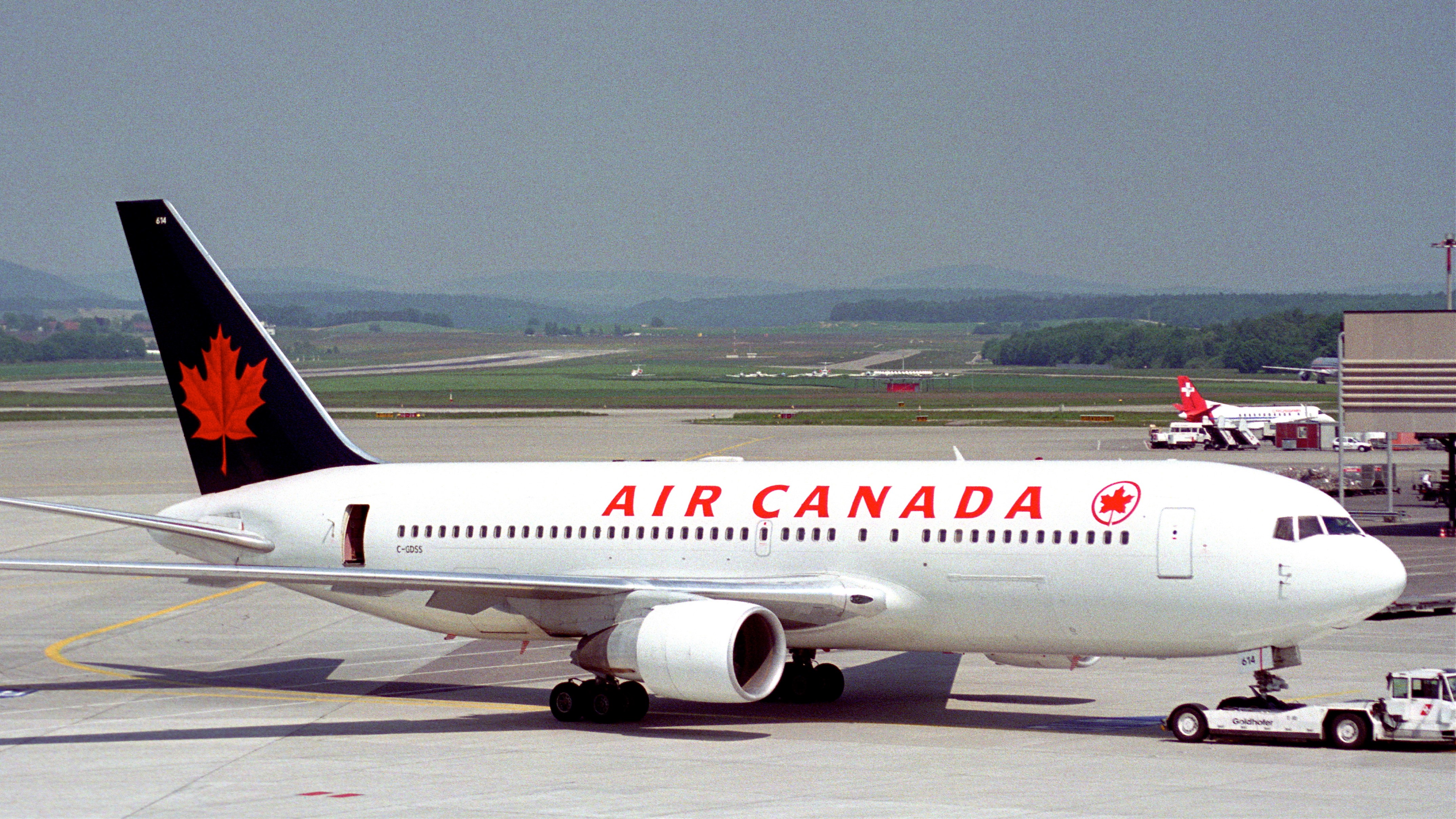Over the past decade, airline stocks such as Air Canada (TSX:AC)(TSX:AC.B) have witnessed record-breaking quarters, strong growth, and aggressive expansion efforts. Much of this growth can be attributed to both the long-lasting bull market and a strong economy, as well as relatively stable fuel prices.
Specifically, over the past five-year period, Air Canada’s stock soared over 190%. Focusing solely on 2018, the stock did still witness double-digit gains and post several strong, record-breaking quarters, but critics of the industry are quick to point out that there are growing signs that the incredible growth story we’ve watched in recent years is beginning to slow.
Air Canada: strong results, strong brand, successful turnaround
Air Canada’s most recent quarterly update came back at the end of October, where the airline reported EBITDAR of $1.265 billion, representing a decrease over the $1.360 billion reported in the same quarter last year.
Operating income for the quarter came in at $840 million, which also came in lower than the $976 million reported in the same quarter of fiscal 2017.
Operating expenses for the airline came in at $4.575 billion in the quarter, reflecting a sharp 17% increase over the same period last year. The increase was primarily attributed to a significant increase in fuel prices as well as a noted increase in capacity, which, at 6.7%, helped propel passenger revenues to register 11.2% growth over the same period last year and exceed $5 billion for the first time in the airline’s history.
Overall, Air Canada forecasted free cash flow of $500-600 million in 2018, surpassing the previously forecasted range of $350-500 million.
Another point worth mentioning is Air Canada’s fleet renewal. Fleet renewals are costly in the short term for airlines but can yield massive returns over longer periods. Air Canada’s latest renewal, which began over a year ago, involves a refresh of both small and large aircraft alike, all of which will introduce revamped cabins, updated livery, and more fuel-efficient aircraft.
On one end of the spectrum is the introduction of the aircraft formerly known as the CSeries — now the A220. The A220 operates in an underserved yet lucrative segment that lies between 100 to 150 passengers. The smaller passenger size coupled with a longer ranged, more efficient aircraft can allow Air Canada to open new routes in secondary markets and cross-border routes that would otherwise be considered unprofitable.
Air Canada is also replacing its aging fleet of wide-body aircraft with the highly anticipated Dreamliner 787. In total, Air Canada had initially ordered 37 of the new 787 in different configurations, all of which will be delivered and in service by the end of the year. The 787 introduces a new generation of aircraft amenities such as lighting, dimming and humidity settings that claim to limit the effects of jet lag on passengers, effectively making a long journey more relaxing. The size of the aircraft, which is smaller than a typical jumbo yet still manages to offer Air Canada the option of +250 passengers with an extended range in a more fuel-efficient package over its predecessors.
While new aircraft orders and updated livery have helped maintain a series of strong results for Air Canada, another equally important update on the company is worth noting to prospective investors: Air Canada’s acquisition of Aeroplan. A re-launch of the rewards program, which is now backed by several leading financial partners, is set for next year. This could prove promising and profitable for the company over the long term.
Final thoughts: Should you buy now?
While Air Canada has had an incredible past few years and completed a successful turnaround, the airline business is one that is highly susceptible to the cyclical movements of the economy, and a growing number of critics now see the economy continuing to cool over the next year. For long-term investors of Air Canada, this could represent an ideal time for some profit-taking.
While we could still see some more lift from Air Canada’s stock over the next few months, it’s unlikely to be anywhere near what we’ve seen over the past few years, making it a good time to diversify and explore any number of other promising investments on the market.








